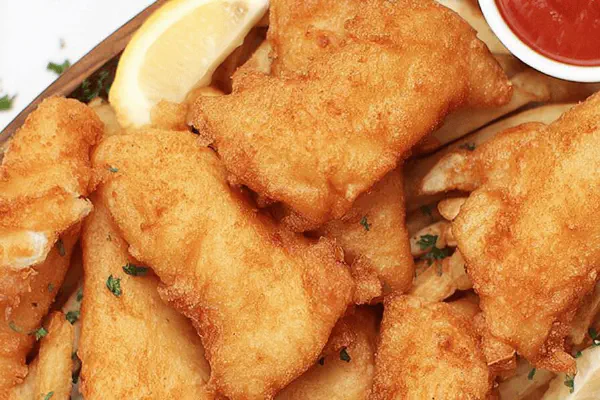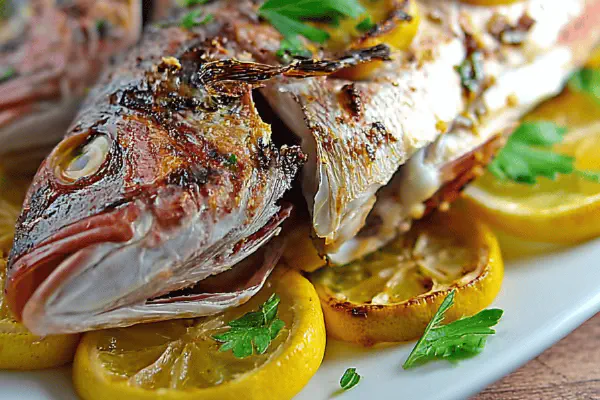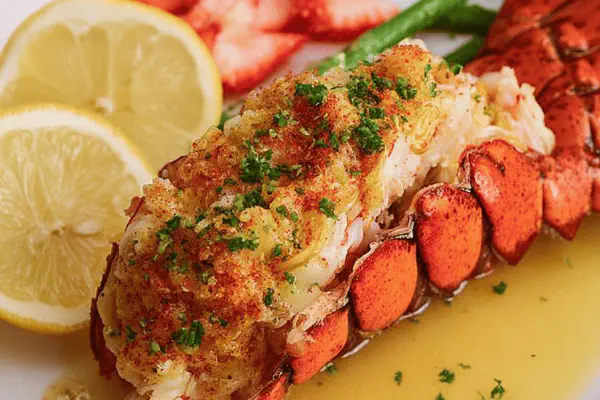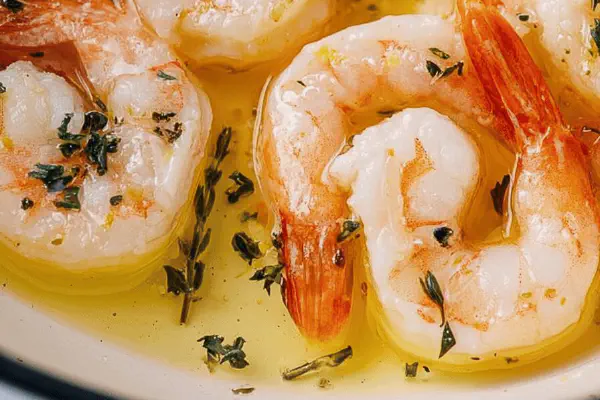Crispy Beer Battered Cod
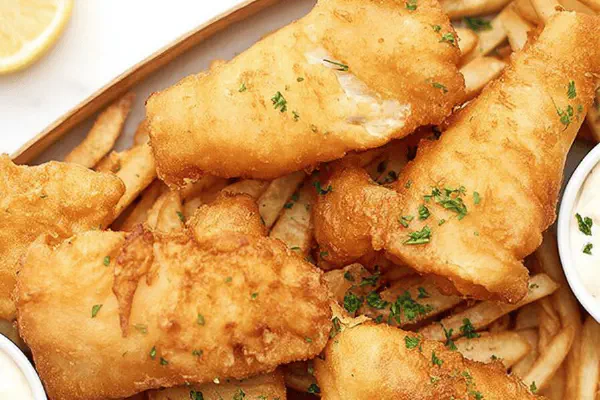
By Emma
Certified Culinary Professional
Ingredients
- 2 quarts vegetable oil for frying
- 24 ounces cod fish fillets rinsed, patted dry, cut into chunks
- 1 1/4 cups all-purpose flour divided
- 1 tablespoon garlic powder
- 1 tablespoon smoked paprika
- 2 teaspoons fine sea salt
- 2 teaspoons ground black pepper
- 1 teaspoon baking powder
- 1 large egg
- 12 ounces pale ale beer, chilled
- 1/4 teaspoon cayenne pepper
About the ingredients
Method
- Heat 2 quarts vegetable oil in deep fryer or heavy pot to about 350°F. Use thermometer to check temp. Adjust heat to maintain between 345-355°F so batter crisps without absorbing oil.
- Rinse cod, dry well, cut into bite-sized pieces or leave whole if thick. Drying is key – moisture ruins batter adhesion and causes splatter.
- In a shallow bowl, combine 1 cup flour, garlic powder, smoked paprika, salt, pepper, baking powder. Stir to blend.
- Beat egg lightly into dry mix. Slowly add chilled pale ale, little at a time, stirring gently. Aim for a thin batter coating consistency. Too thick clogs; too thin slides off fish.
- In separate dish, mix remaining 1/4 cup flour with cayenne. Coat each fish piece in this flour mix, tap off excess. Dry flour layer helps batter stick – no shortcut here.
- Dip floured fish into batter ensuring even cover. Don’t double dip or batter thickens unevenly.
- Drop pieces carefully into hot oil. Do not crowd – fish need room to fry crisp and brown evenly. Overcrowding causes temperature drop resulting in greasy, soggy coating.
- Listen for steady sizzle, bubbles should surround fish pieces. Move fish gently using slotted spatula after 2 minutes. Flip to brown other side. Total frying 3-5 minutes. Fish ready when batter is golden to deep gold, and fish flakes easily under light pressure with tongs.
- Lift fish from oil, drain on wire rack set over baking sheet. Avoid paper towels that trap steam and soften crust.
- Keep finished fish warm in oven set to 175°F while frying remaining batches. This maintains crispness without drying out.
- Serve with tartar, lemon wedges, or a spiced remoulade. Adjust seasoning post-fry for salt level; beer adds moisture and subtle bitterness.
- Common mistakes: oil too hot burns batter; too cool, soggy skin. Dry fish well. Use cold beer to slow gluten development, keeps batter tender. Add cayenne last to flour for mild heat that won’t burn during frying.
Cooking tips
Chef's notes
- 💡 Oil temp matters more than timing alone. Aim 345 to 355°F but watch bubbles around fish; steady sizzle sounds right. Too hot burns batter quickly; too low, soggy coating. Thermometer mandatory, but senses help after a while.
- 💡 Flour divided into batter and dry dust keeps crust tight. Dry fish well before dredging; moisture kills batter grip and makes oil splatter. Shake off excess flour dust—thin dusting clings better and prevents clumps.
- 💡 Beat egg gently; overbeating traps too much air. Add chilled pale ale slowly to keep batter thin enough to coat fish lightly. Thick batter slides unevenly; thin batter can slide off during frying.
- 💡 Flip fish after 2 minutes once edges look dry and golden. Fish should float just below surface initially then crisp up. Handle gently with slotted spatula; rough flipping breaks crust and softens coating.
- 💡 Drain fried fish on wire rack over baking sheet—never paper towels; towel steam ruins crisp skin fast. Keep finished batches warm in 175°F oven on rack, uncovered. Stacking fish traps moisture, ruins crunch.
Common questions
How to know if oil temp is right?
Look for steady bubbles around fish. If silence, oil too cool. Lots of smoke means overheat. Flick small batter dollop in oil—it should float, bubble immediately, then sizzle steadily.
Can I use lager instead of pale ale?
Yes, lager works fine, more neutral but less malt depth. Dark beers not recommended; heaviness overpowers batter rise and flavor. Cold beer slows gluten, keeps crust tender regardless.
Why does batter slide off fish sometimes?
Usually fish wasn’t dried well or skipped flour dust. Dry dust of seasoned flour critical for batter to cling. Also, batter thickness affects cling; too runny slides off; too thick clumps.
How to store leftovers?
Best eaten same day; reheat in oven on wire rack at moderate temp for crispness. Microwave kills crunch. Fish can be refrigerated loosely covered, but crust softens within hours.
